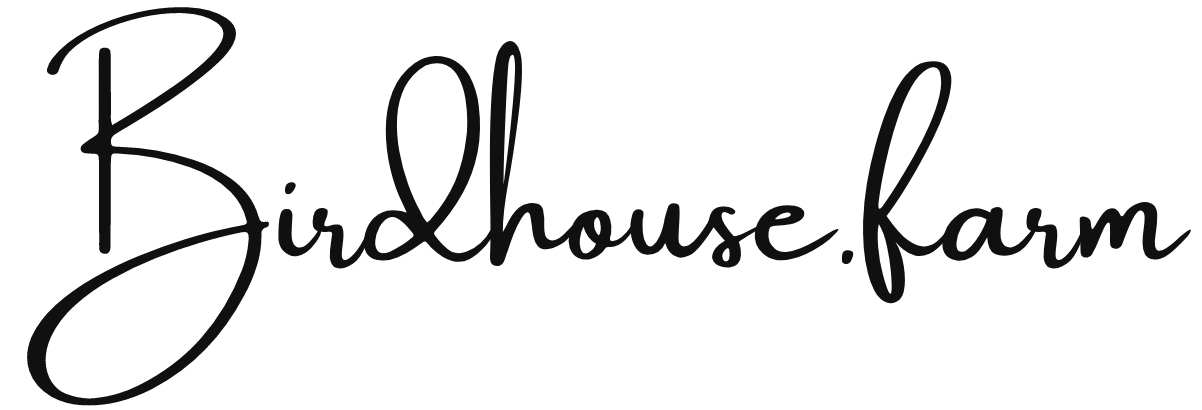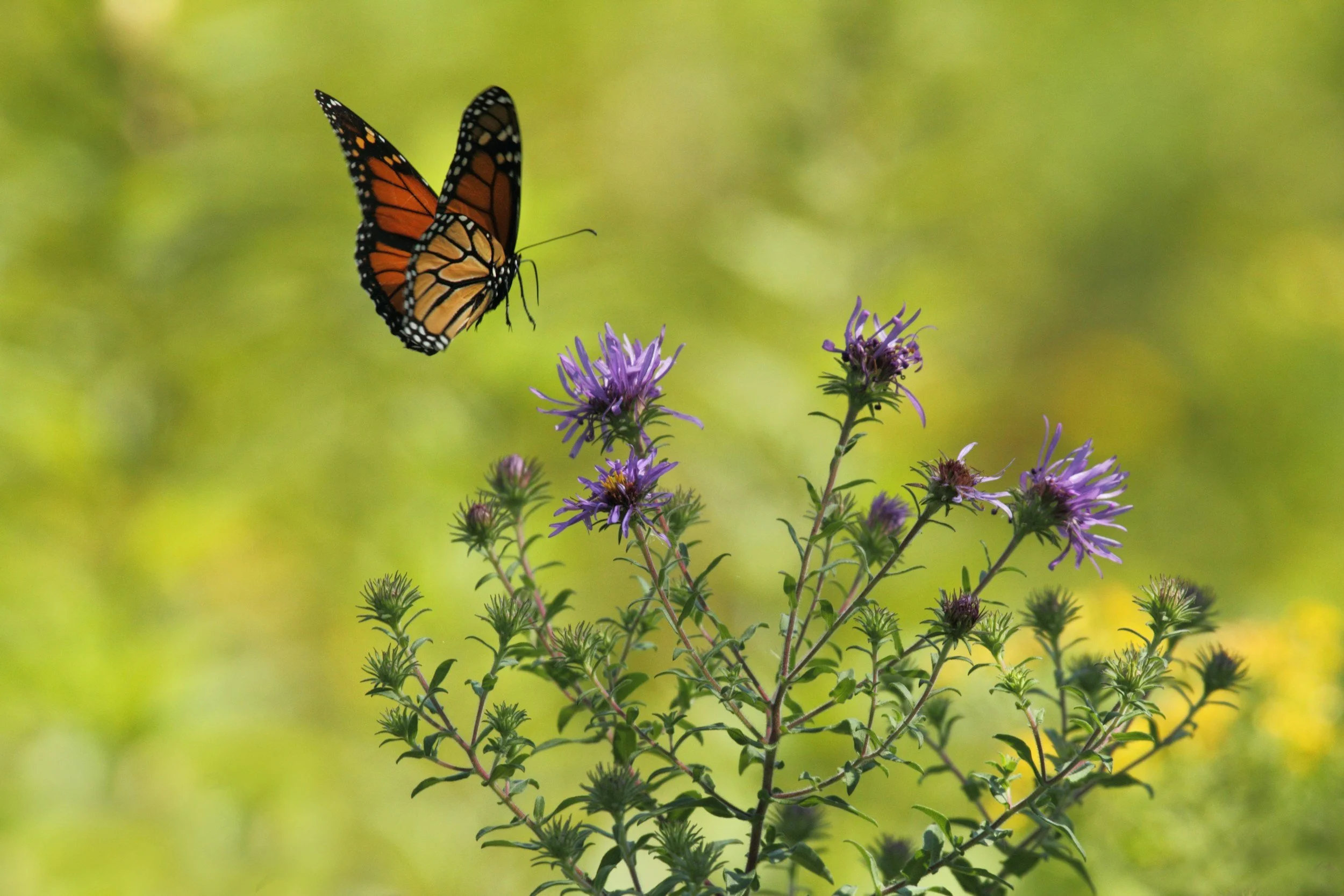Fall Migrations at Birdhouse.farm
Birdhouse.farm sits along the Central Flyway, making it an ideal location for observing the fall migration of various animal species, especially birds.
Here are some of the key migratory animals that pass through the region during the fall:
1. Sandhill Cranes
One of the most iconic migratory species in the Stafford area is the sandhill crane. These large birds are known for their striking, long legs and necks, as well as their distinctive calls. In the fall, thousands of sandhill cranes migrate south from their northern breeding grounds in Canada and the northern U.S. to their wintering habitats in Texas, New Mexico, and Mexico. The wetlands and surrounding fields of the Quivira National Wildlife Refuge, located near Stafford, provide an important resting and feeding spot for these cranes.
2. Waterfowl (Ducks and Geese)
Various species of ducks and geese migrate through the region during the fall months. Canada geese, snow geese, mallards, and northern pintails are just a few of the waterfowl species that stop in the area to rest and refuel. Wetlands such as Quivira National Wildlife Refuge and Cheyenne Bottoms provide essential stopover habitats for these birds, making Stafford a prime location for birdwatchers to observe their migration.
3. American White Pelicans
Another notable species that migrates through Stafford is the American white pelican. These large, graceful birds travel in flocks as they head from their breeding grounds in the northern plains to winter along the Gulf Coast and other southern locations. They are often seen gliding over the wetlands, using the thermals to soar effortlessly.
4. Shorebirds
Stafford is also a critical stopover site for many species of shorebirds. These birds, which include species such as sandpipers, plovers, and yellowlegs, migrate from the Arctic tundra and northern prairies to Central and South America. Quivira’s shallow pools and mudflats provide vital feeding grounds for these birds as they fuel up for their long journeys.
5. Raptors (Hawks and Falcons)
Red-tailed hawks, swainson's hawks, and American kestrels are common raptors that pass through Stafford during the fall migration. These birds of prey follow their prey (such as small mammals and other birds) southward. The open grasslands and wetlands of Stafford County provide ample hunting opportunities for these raptors as they migrate.
6. Monarch Butterflies
Although most migration in the region is dominated by birds, monarch butterflies are also a significant part of fall migration. These butterflies migrate thousands of miles from their breeding grounds in the northern U.S. and Canada to overwintering sites in central Mexico. They travel through Kansas in early to mid-fall, often feeding on nectar plants such as goldenrod and aster along the way. Planting pollinator-friendly gardens helps support these delicate migrants during their journey.
7. Bats
While less noticeable than birds, some bat species also migrate through the Stafford area in the fall. Hoary bats and silver-haired bats, for instance, are known to migrate south in search of warmer climates for the winter months. These bats typically migrate at night and may stop in forested areas along the way.
8. Songbirds
A wide variety of songbirds also pass through Stafford during their fall migration. Species such as warblers, sparrows, thrushes, and orioles travel south from their breeding grounds in the northern U.S. and Canada to spend the winter in the southern U.S., Central America, or even South America. Fall migration is often marked by an increase in bird activity as these species move through in large numbers.
Where to See Fall Migrants
In addtion to our Birdhouse.farm property, the Quivira National Wildlife Refuge and Cheyenne Bottoms are two premier locations for observing fall migration in Stafford County. These wetlands offer diverse habitats that attract a wide variety of migratory species, providing excellent opportunities for birdwatching and wildlife photography. The seasonal changes at these wetlands coincide with peak migration times, making them hotspots for fall migration.
The fall migration at Birdhouse.farm is a spectacular natural event, showcasing the incredible journeys of wildlife. It's a reminder of the interconnectedness of ecosystems across vast distances and the importance of preserving critical habitats like those in and around Stafford.








